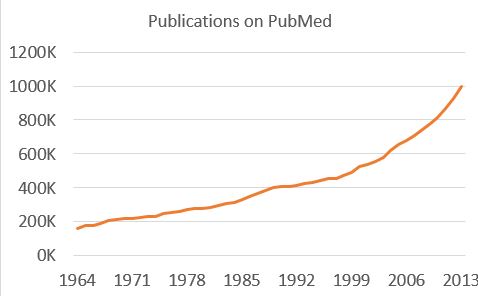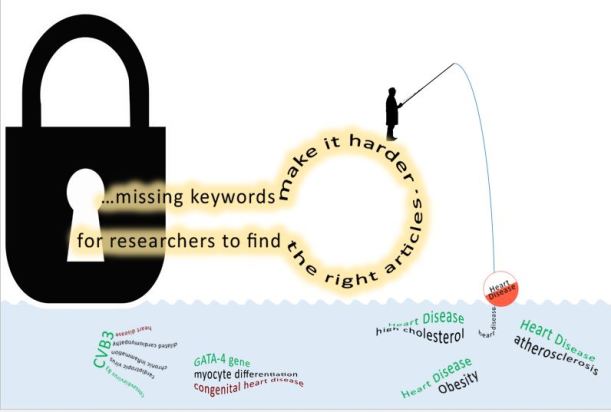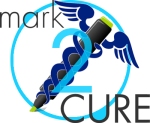Finding buried treasure in shifting sand
The problem of keeping up with scientic literature is not new. In 1986, information scientist, Don R. Swanson, published an article about mining the wealth of knowledge buried in academic literature. In his article, “Undiscovered public knowledge”, Swanson investigated information that was not readily available simply because individual biomedical research papers were (and in many ways still are today) created “to some degree independently of one another.” By investigating literature that was “logically connected”, but was otherwise “non-interactive”, Swanson teased out a hypothesis essentially joining two small fields of research.
Since then, researchers are still trying to develop methods to wade through this ever-growing body of literature, only now there are about one million new biomedical research articles being published per year compared to the roughly 350 thousand published in 1986.
 Finding the right information is a problem that’s only going to get worse unless we do something
Finding the right information is a problem that’s only going to get worse unless we do something
Commercial companies are already starting to offer annotation services, but not every research group can afford these services.
Want to be a part of the SOLUTION?
The Su Lab is working on developing a citizen science approach for annotating biomedical literature, but this approach will not work without the valuable contributions of citizen scientists like yourself. You don’t need to be familiar with biomedical research to help. You just need to be able to read. Join the Mark2Cure interest list to be informed when Mark2Cure launches and help move science forward.

